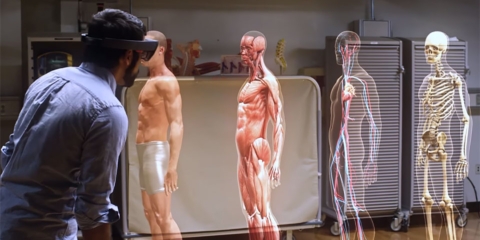Would you like to get notifications from Christian?
In een belangrijke doorbraak voor 3D-printtechnologie, hebben onderzoekers van de Stanford University en Harvard University een nieuwe methode ontwikkeld voor volumetrisch 3D-printen. De aanpak berust op een harsmateriaal met lichtomzettende nanodeeltjes dat alleen hard wordt als het met een zeer gerichte laserstraal wordt bestraald. Dit maakt het mogelijk om op elk punt in de harsplas te printen, niet alleen op de oppervlaktelaag. De potentiële implicaties van deze ontdekking zijn duizelingwekkend en zouden een revolutie kunnen betekenen voor het 3D-printen zoals wij dat kennen. Blijf kijken voor meer updates!
Deze doorbraak op het gebied van 3D-printen is belangrijk omdat hiermee een hele nieuwe wereld van mogelijkheden voor 3D-printen wordt geopend. Met deze methode is het nu mogelijk om 3D-objecten te printen met een ongekende nauwkeurigheid en detail. Doordat er geen ondersteunende structuren nodig zijn, kunnen onderdelen bovendien veel sneller en met minder materiaalverspilling worden geprint. Deze nieuwe techniek van 3D-fabricage zal ons in staat stellen meer in harmonie met de natuur te produceren.
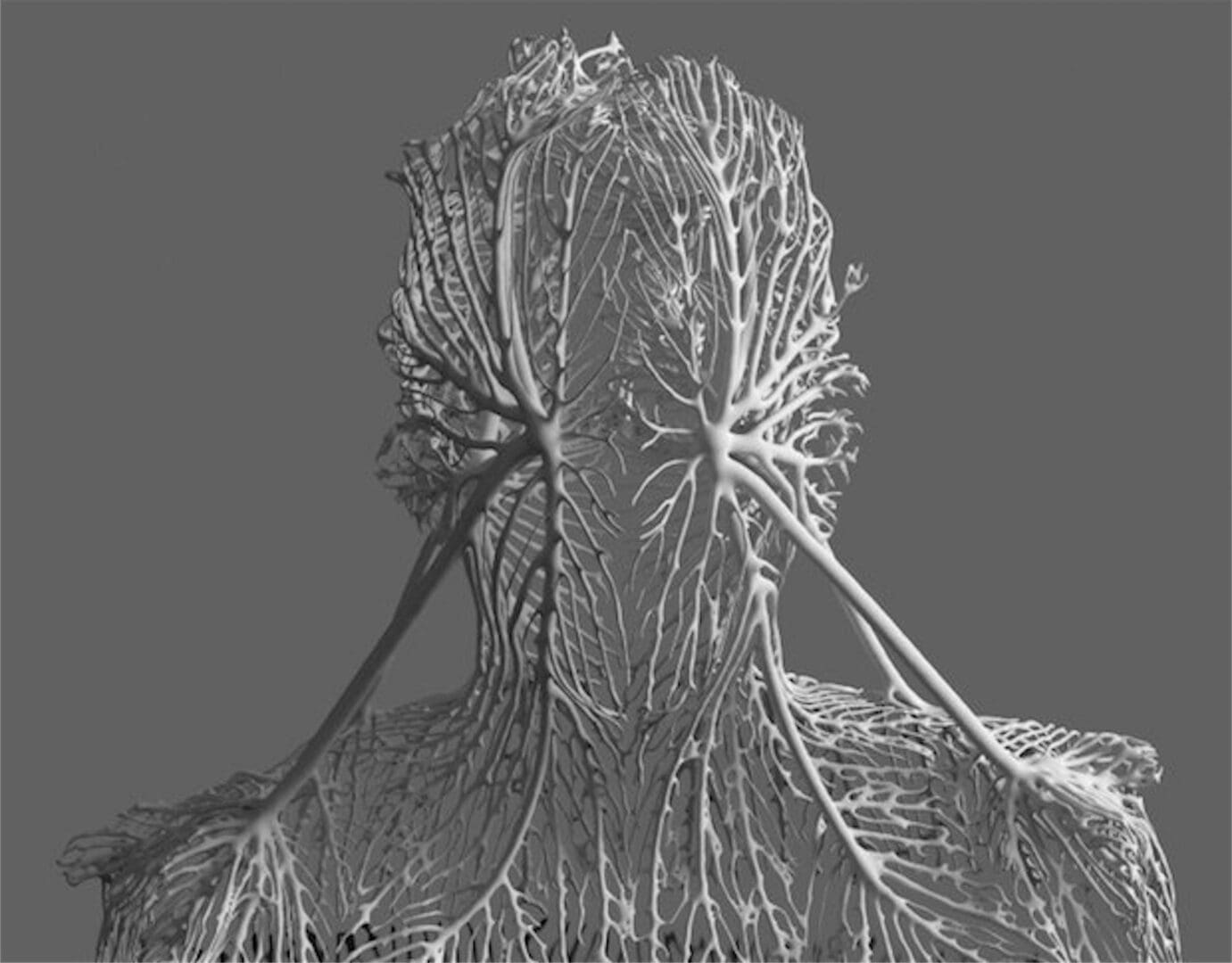
Het zal interessant zijn om te zien hoe deze nieuwe 3D-printtechnologie in de komende jaren wordt ontwikkeld en gebruikt. Voorlopig werken de onderzoekers verder aan de verfijning van hun aanpak en de optimalisering van het proces. We kunnen niet wachten om te zien met welke 3D-geprinte objecten ze nog meer komen!
Het is nog te vroeg om definitief te zeggen wat de impact van deze 3D-printtechnologie zal zijn. Het heeft echter het potentieel om de verspilling bij de fabricage sterk te verminderen en de productietijd te versnellen. Bovendien zou het mensen in staat kunnen stellen om thuis gemakkelijker en nauwkeuriger voorwerpen in 3D te printen, waardoor een gedecentraliseerde en gedistribueerde productie van alledaagse producten mogelijk wordt. Alleen de tijd zal leren welke gevolgen deze technologie nog meer zal hebben voor de planeet en haar bewoners.
Wat denk jij? Bent u enthousiast over deze doorbraak in 3D-printen? Deel je gedachten in de commentaren hieronder!
Christian is a futurist and trendwatcher who speaks about the impact of exponential technologies like AI on organizations, people, and talents. Christian tailors his presentations to your audience's specific industries and needs.


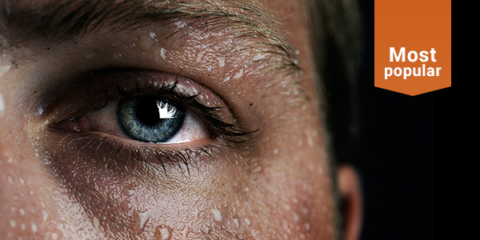
Our world is changing at an exponential rate! A big tidal wave of digital transformation and disruption is coming at us fast. Many organizations see this wave as a threat and experience stress, but there are also organizations that just see this wave as an opportunity.

Imagine sitting with just 10-15 fellow executives at a premier location, gaining clarity on the impact of AI on your industry while enjoying an exquisite dining experience. These are not just meetings—they are transformative moments that will shape the future of your organization



In the future, 3D printing and generative design will allow for products to be designed in a more decentralized manner, and production will take place closer to the customer and fully on-demand. 3D printing technology will also allow for more customization and personalization of products.


The agricultural industry is ripe for disruption. Robotics, AI, and IoT are all technologies that have the potential to radically transform the way we grow food. In combination with vertical farming, these technologies could increase the efficiency and quality of agricultural products.

A human-centered society is one that puts people first and where technology is used to unite and empower people. It is a society that values biological life and dignity above all else. It is a society that recognizes the importance of human relationships and works to strengthen them. In a human-centered society, all members of the community are valued and treated with respect.
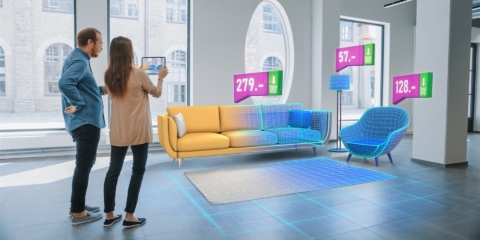
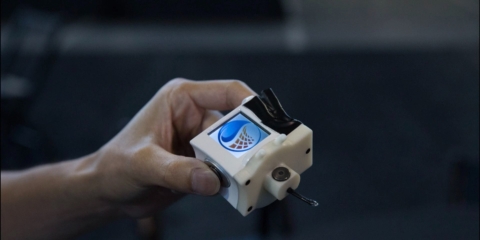
The future of healthcare is here. New technologies like AI, IoT, big data, and smart sensors make it possible to become the CEO of your own health. Imagine that your phone can listen to your voice and AI algorithms can detect small nuances in the tone of your voice that indicate specific diseases.
